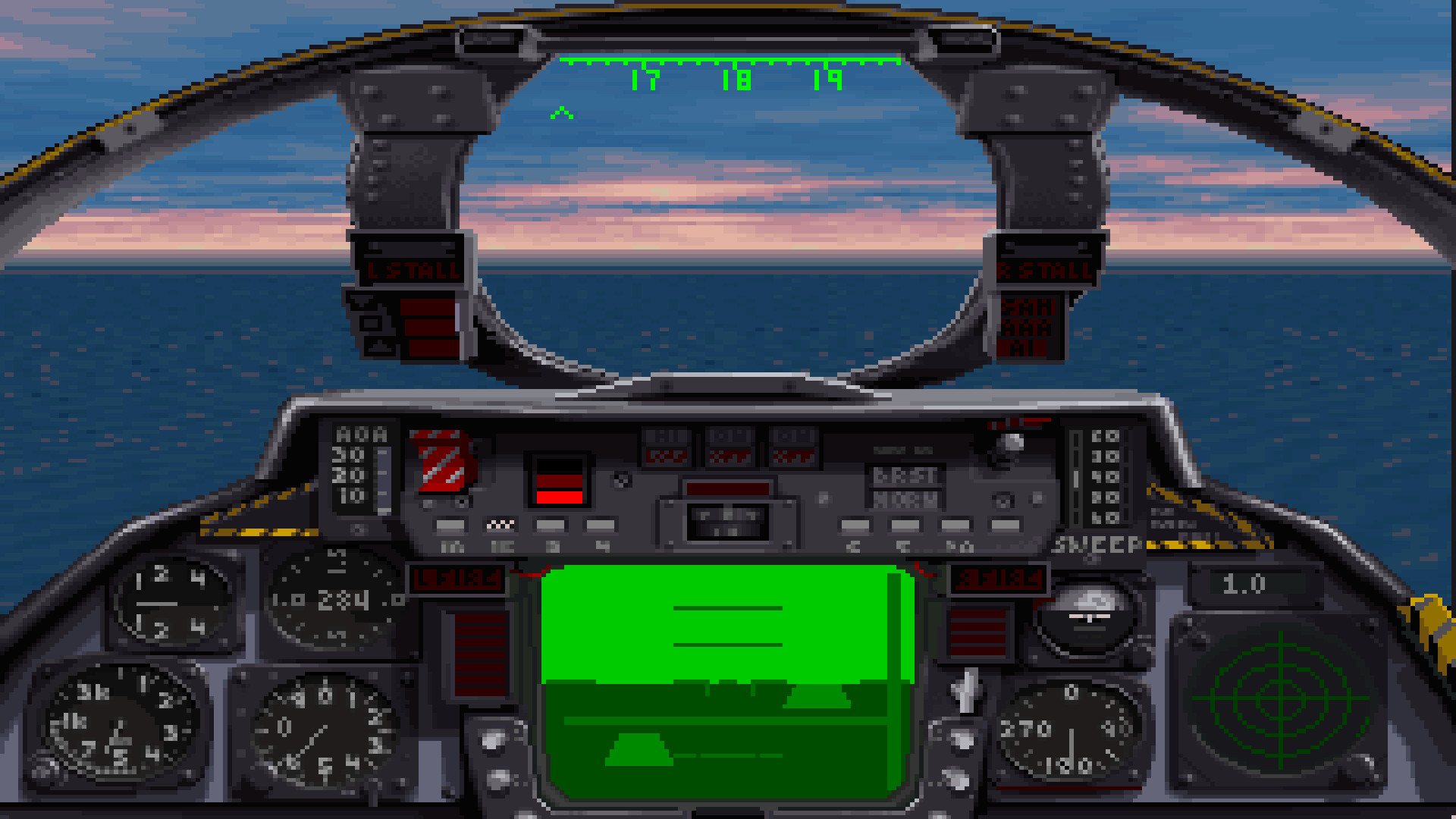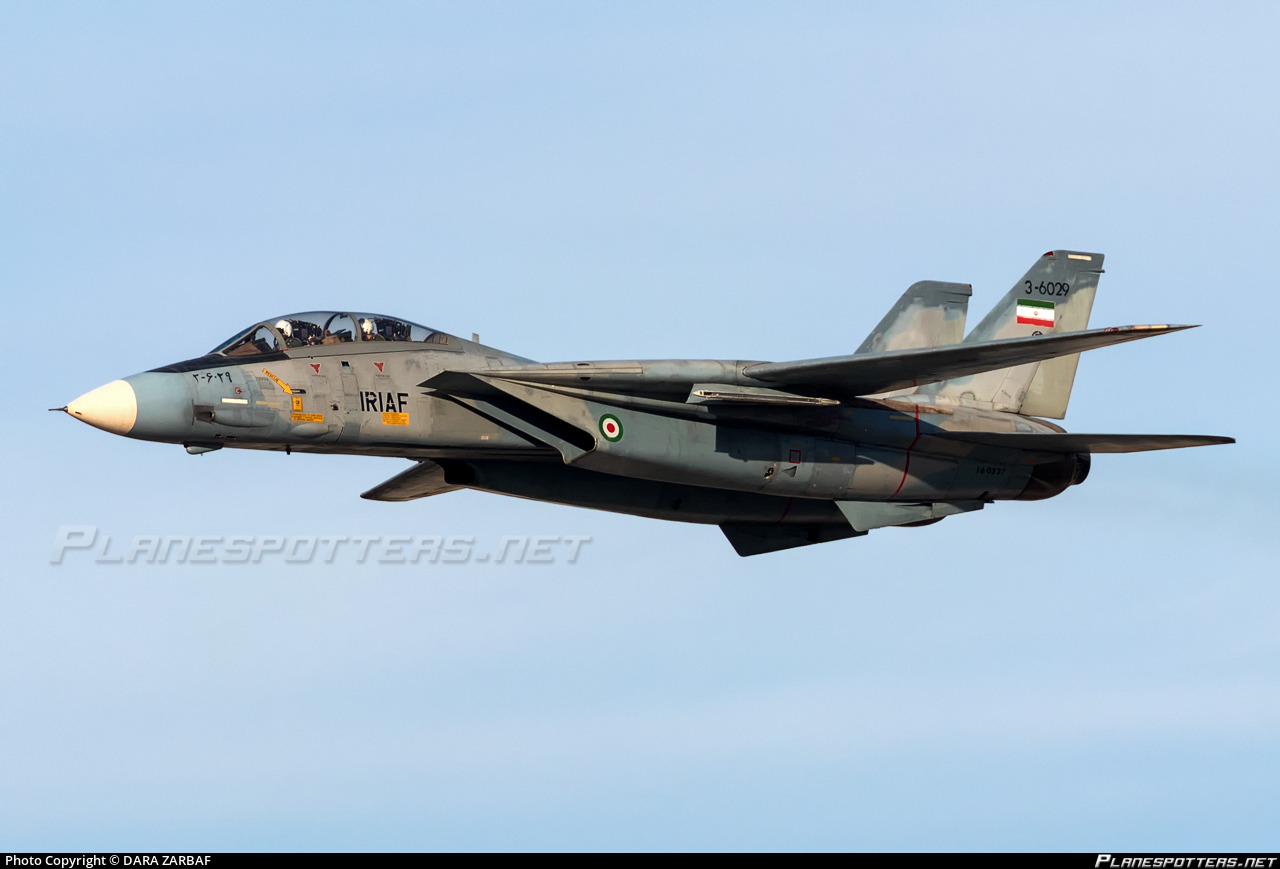Iran's F-14 Tomcat Fleet: A Strategic Air Power Legacy

A Legacy of Air Supremacy

The F-14 Tomcat, a fourth-generation fighter jet, was a iconic symbol of the United States Navy’s air power during the Cold War era. However, few people know that the Islamic Republic of Iran Air Force (IRIAF) also operated a fleet of F-14 Tomcats, which played a significant role in the country’s military history. In this article, we will delve into the story of Iran’s F-14 Tomcat fleet, exploring its strategic significance, operational history, and the challenges faced by the IRIAF in maintaining this complex aircraft.
Acquisition and Early Years

In 1974, Iran, under the rule of Shah Mohammad Reza Pahlavi, placed an order for 80 F-14 Tomcats, which was the largest foreign sale of the aircraft at that time. The F-14 was chosen for its exceptional air-to-air combat capabilities, long-range intercept radar, and ability to engage multiple targets simultaneously. The first batch of F-14s arrived in Iran in 1976, and the IRIAF began to form its first F-14 squadrons.
💡 Note: The Iranian F-14s were equipped with the AWG-9 radar system, which was considered one of the most advanced radar systems in the world at that time.
Operational History

The F-14 Tomcats saw extensive service with the IRIAF during the Iran-Iraq War (1980-1988). The aircraft proved to be highly effective in air-to-air combat, with Iranian F-14s scoring numerous kills against Iraqi aircraft, including MiG-23s, MiG-25s, and Mirage F1s. The F-14’s long-range intercept capabilities also allowed the IRIAF to patrol the country’s vast airspace and respond quickly to any potential threats.
Despite the F-14’s impressive performance, the IRIAF faced significant challenges in maintaining the aircraft. The United States had imposed an arms embargo on Iran following the 1979 Islamic Revolution, which limited the country’s access to spare parts and technical support. As a result, the IRIAF had to rely on local expertise and resourcefulness to keep the F-14s operational.
Technical Challenges and Local Solutions

The IRIAF’s F-14 fleet suffered from a number of technical issues, including problems with the AWG-9 radar system, the Phoenix missile, and the aircraft’s engines. To overcome these challenges, the IRIAF established a local maintenance and repair program, which involved reverse-engineering and manufacturing spare parts.
| Component | Challenge | Local Solution |
|---|---|---|
| AWG-9 Radar | Failed components and lack of spare parts | Local repair and refurbishment of radar components |
| Phoenix Missile | Expired missile stockpile and lack of technical support | Local production of Phoenix missile components and upgrading existing missiles |
| Engines | Wear and tear, lack of spare parts | Local overhaul and repair of engines, using locally sourced components |

Current Status and Legacy

Today, the IRIAF’s F-14 fleet is significantly reduced, with only a handful of aircraft remaining in service. However, the F-14 Tomcat remains an important symbol of Iran’s military history and air power legacy. The aircraft’s operational history and the IRIAF’s efforts to maintain it despite significant challenges serve as a testament to the country’s resilience and resourcefulness.
In conclusion, the story of Iran’s F-14 Tomcat fleet is one of strategic significance, operational challenges, and local ingenuity. As the IRIAF continues to evolve and modernize its air force, the legacy of the F-14 Tomcat will remain an important part of the country’s military heritage.
How many F-14 Tomcats did Iran purchase?

+
Iran purchased 80 F-14 Tomcats in 1974.
What was the primary role of the F-14 Tomcat in the IRIAF?

+
The primary role of the F-14 Tomcat in the IRIAF was air-to-air combat and long-range intercept.
What challenges did the IRIAF face in maintaining the F-14 Tomcat fleet?

+
The IRIAF faced significant challenges in maintaining the F-14 Tomcat fleet, including a lack of spare parts, technical support, and limited access to resources due to the US arms embargo.